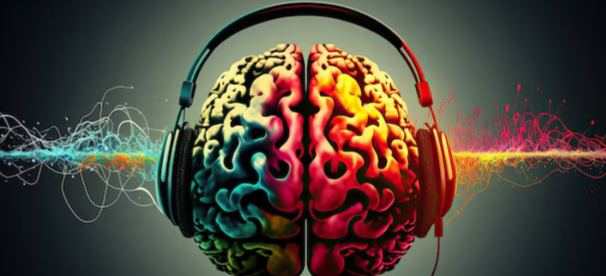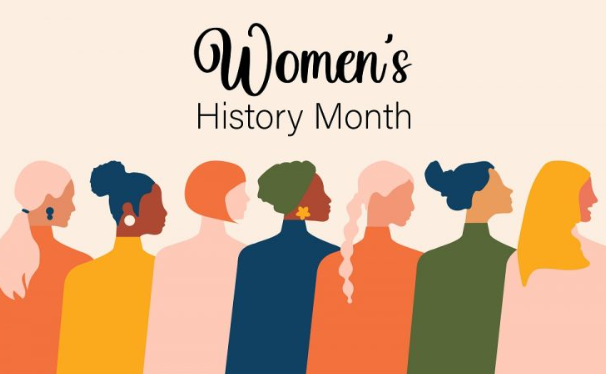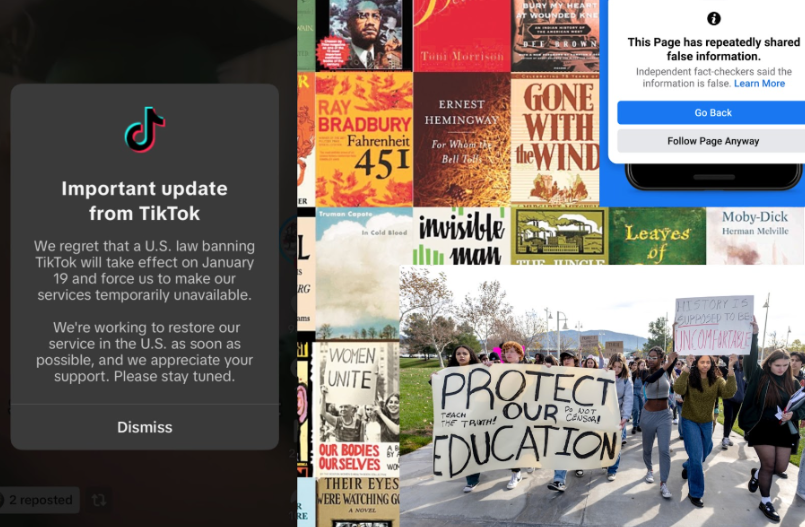Stockton: In the rapidly evolving landscape of education, technology has become an integral part of the modern classroom, reshaping the way students learn and teachers instruct. This shift from traditional methods is not merely about incorporating gadgets into lessons but about using innovative tools to enhance engagement, collaboration, and personalized learning experiences.
One of the most evident changes brought on by technology in education is moving away from the traditional textbook and moving all of those resources to a digital platform. Interactive e-books, online encyclopedias, and multimedia content provide students with a plethora of dynamic and engaging learning material. This shift not only reduces the environmental impact associated with paper production, but also allows for real-time updates, ensuring students access the latest information in various subjects.
The integration of smart devices, such as tablets and laptops, has revolutionized the way teachers conduct lessons. Interactive whiteboards have replaced chalkboards, enabling educators to create dynamic presentations. This fosters a more interactive and engaging learning environment, catering to diverse learning styles. Educational software and applications play a vital role in facilitating personalized learning experiences. Adaptive learning platforms assess individual student progress and tailor lessons based on their strengths and weaknesses. This approach allows students to move at their own pace, ensuring a deeper understanding of concepts before progressing to more advanced topics.
Collaboration is another aspect of learning that has been redefined with technology in the classroom. Cloud-based platforms and collaboration tools enable students to work together on projects in real time, even if they are not in the classroom. This allows students to be able to complete projects together without needing to be physically present. This not only prepares them for the collaborative nature of the workforce but also creates a sense of teamwork and collective problem solving.
For teachers, technology is something that greatly impacts the way they do their job in a positive way. It allows teachers to focus more on teaching and less time spent grading assignments. Digital gradebooks, attendance trackers, and communication platforms streamline communication between teachers, students, and parents.








